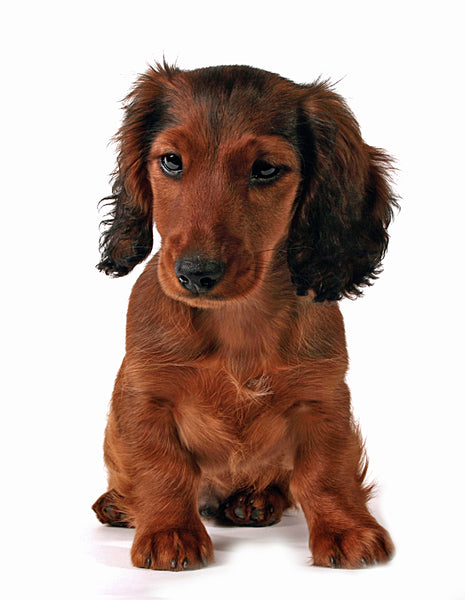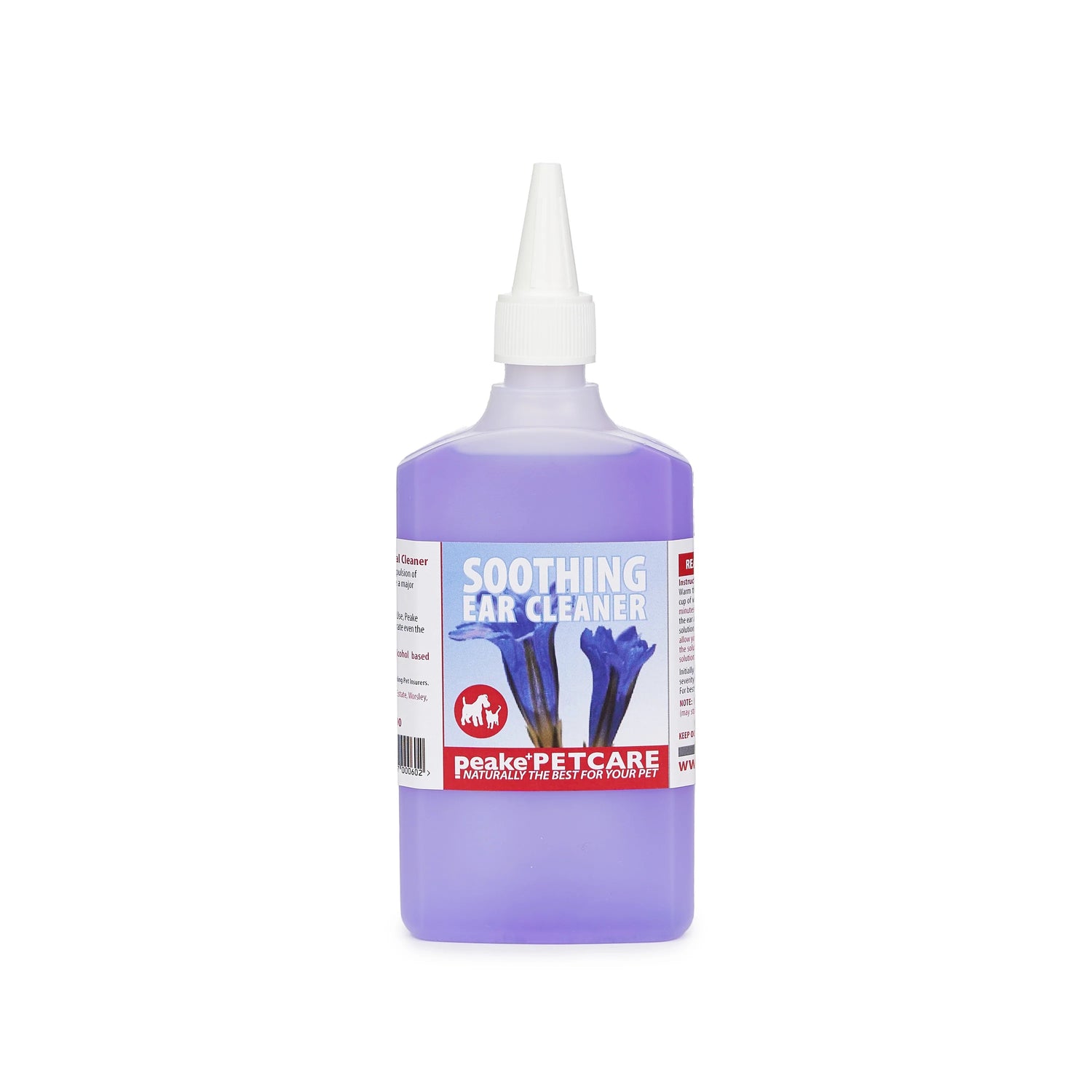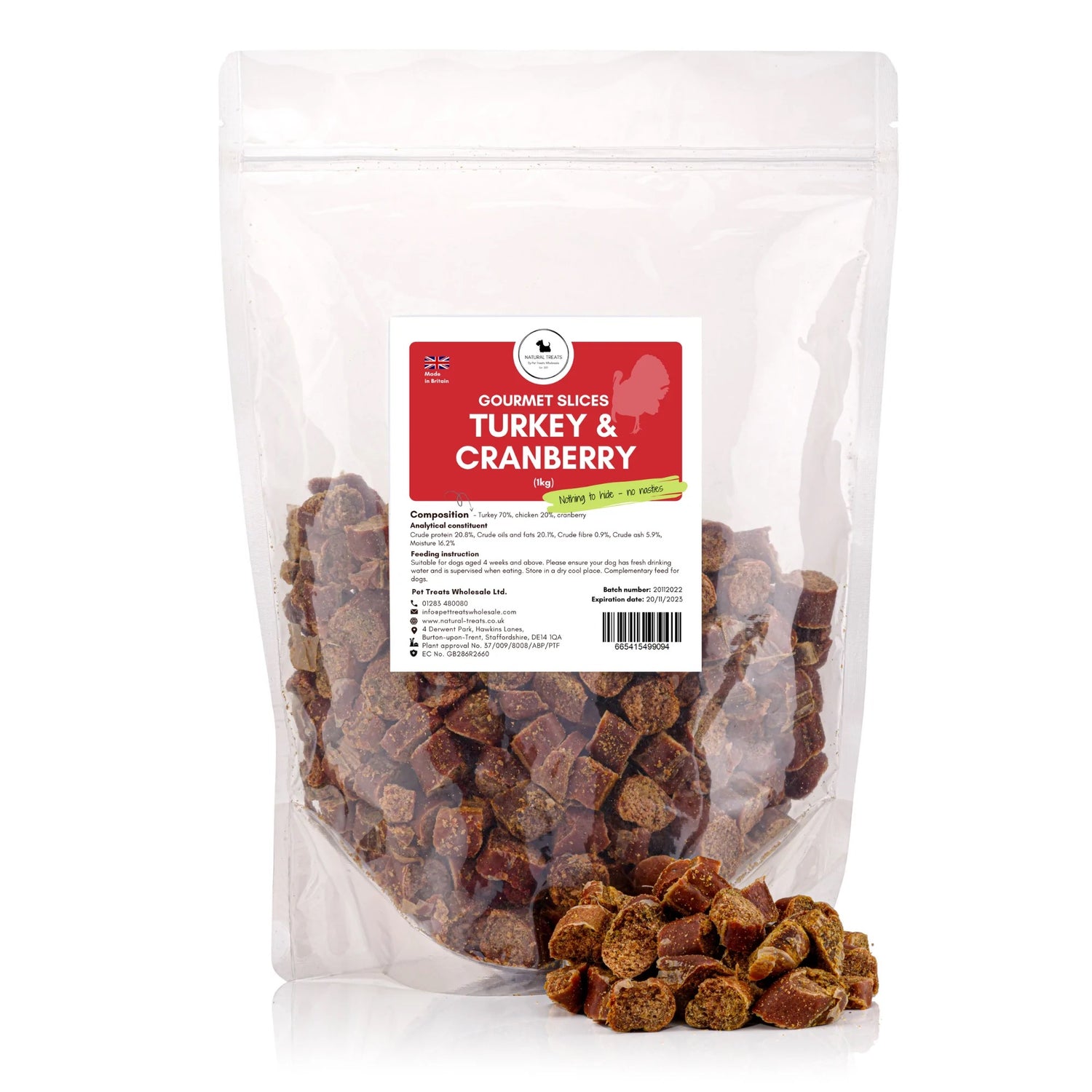Quistel Dogs - Dachshund

This short-legged, long bodied dog belongs to the hound family. The Dachshund is of German origin and the name translates as badger dog... although the breed is often nicknames the 'sausage dog' or 'wiener dog'.
The breed today is popular as family pets, and continues to remain one of the top 10 most popular dogs in the US. Originally they were bred to flush out badgers (hence the name) and other burrowing animals... while the miniature version of the breed was developed to hunt rabbits, prairie dogs and smaller prey.
History
Its is thought that the breeds early roots could be traced back to ancient Egypt... but the modern incarceration of the breed is the creation of the breed. The Dachshund has been kept by royal courts all over Europe including by Queen Victoria who was fan of the breed.
Appearance
They are long bodied, muscular with short legs. Their paws are large (particularly the front ones), paddle shaped for extreme digging. They have a deep chest that provides increased lung capacity and long snout and nose which increases their ability to absorb odors. Long coated Dachshunds have silky coat, with short feathered legs and ears.
The breed has three types, which are classified by their coats... the 'smooth', 'long haired' and the 'wire haired'. They come in a wide variety of colours and patterns.
There are also three sizes, standard, miniature and kaninchen which is German 'rabbit'. The 'rabbit' size is not recognized by clubs in the United States and the United Kingdom.
"A Dachshund is a half-dog high and a dog-and-a-half long" - H. L. Mencken
Temperament
Many dachshunds can be stubborn, making them a challenge to train but they are a very playful breed that are loyal to their owners. They are not considered to be the best pets for children but if they are introduced to them correctly at an early age, then dachshunds and well behaved children can get a long fine.
Health
They are known to have back and spinal problems, especially intervertebral disk disease. They also prone to patellar luxation which is when the kneecap can become dislodged.
Other health problems include hereditary epilepsy, dental issues, thyroid problems, various allergies, various eye conditions and skin conditions.
Links





